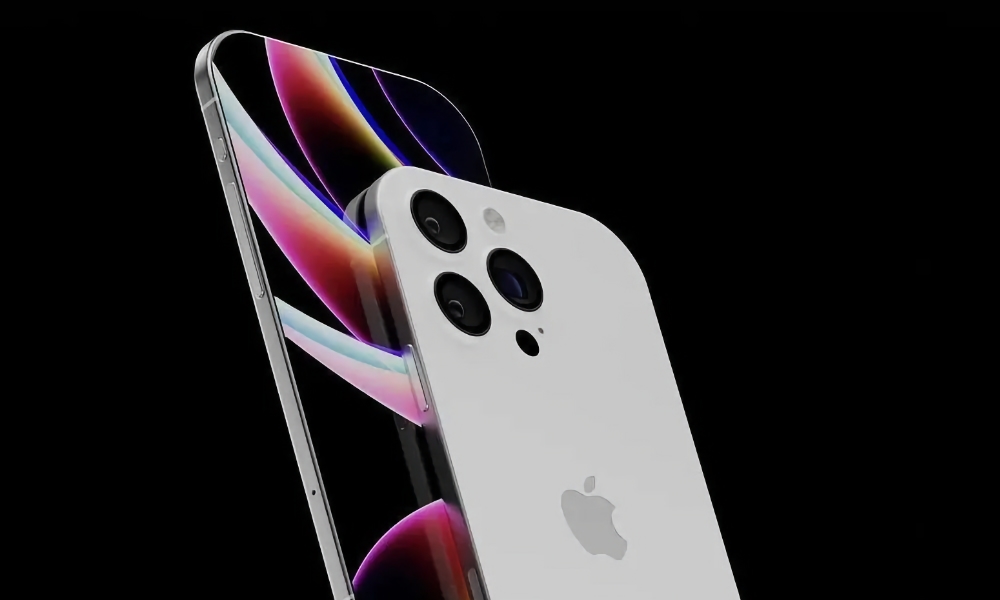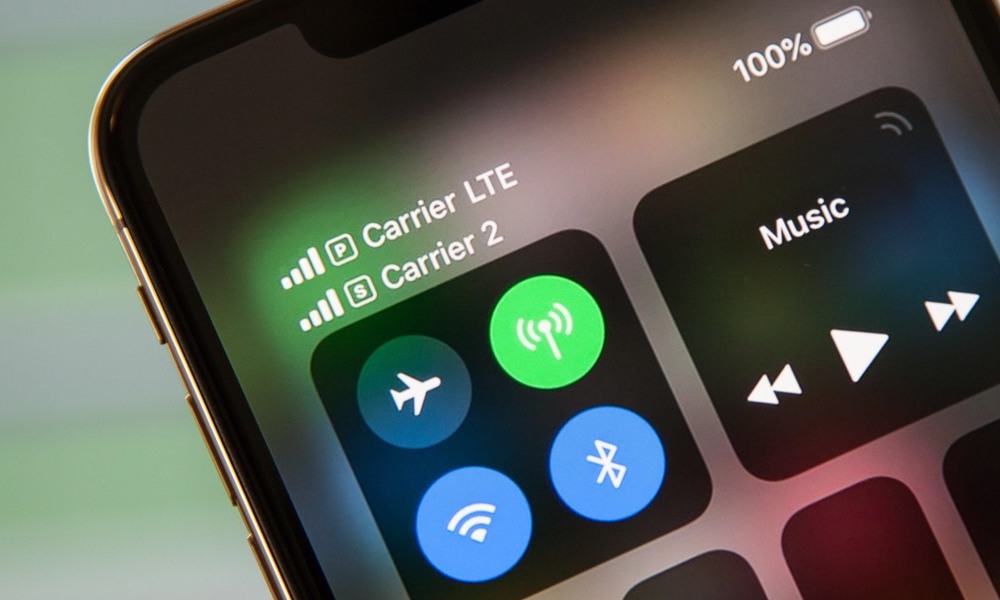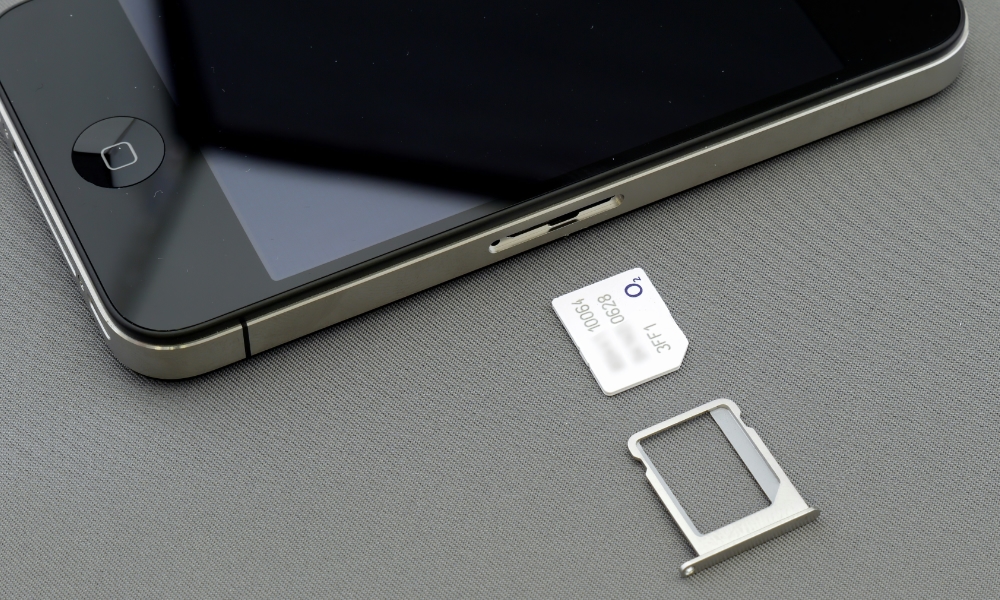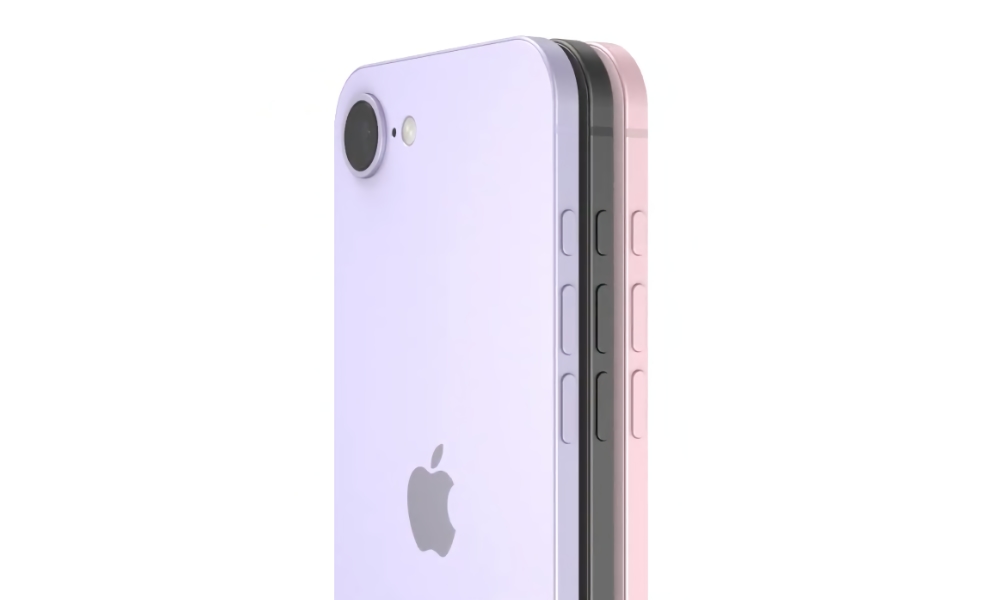The iPhone 17 Could Ditch Physical SIM Cards (Almost) Everywhere
 Credit: iPhone One Concept (Tech Lauv / Instagram)
Credit: iPhone One Concept (Tech Lauv / Instagram)
Toggle Dark Mode
Apple was one of the first mobile device manufacturers to embrace eSIM technology, and now it looks like it may be preparing to drive the final nail into the coffin of physical SIM cards.
The first Apple device to use an eSIM was the cellular Apple Watch Series 3 in 2017. It came to the iPhone XS and iPhone XR the following year when Apple added Dual-SIM support to those models.
For the next few years after that, Apple’s support for dual SIM cards to provide two lines took the form of a physical SIM and eSIM combo in every iPhone model sold outside of China, where eSIM hadn’t really caught on (those models still has two physical SIM card slots). The iPhone 13 lineup changed the rules slightly in 2021 by adding a second eSIM, allowing users to get two lines without the need for a physical SIM.
Then, in 2022 Apple made the bold move of eliminating the physical SIM card slot entirely on iPhone 14 models sold in the US. From that point on, it’s been eSIM or nothing in the United States.
That was a reasonable enough move considering that all major US carriers (and the majority of MVNOs) now support eSIM. Plus, Apple could get away with that as it had been selling specific US-only iPhone models since 2020 as the only ones to support higher-frequency mmWave 5G.
Things were more complicated internationally, as even though countries like Canada have had good support for eSIMs for the past few years, the iPhone models that Apple makes for sale in Canada are also sold in several other countries (for example, the same iPhone 16 Pro model sold in Canada is also sold in Bahrain, Iraq, Guam, Japan, Jordan, Kuwait, Mexico, Oman, Qatar, Saudi Arabia, United Arab Emirates, and the US Virgin Islands). Things are even more complicated for Australia and the United Kingdom — two other countries with good eSIM support — as that model is sold in over 180 other countries from Afghanistan to Zimbabwe.
As a result, Apple has had little choice but to leave the physical SIM card slot in place on every iPhone model sold outside of the United States. Sure, it might be easy to get an eSIM in Canada and the UK, but that’s not necessarily true in Iraq or Sierra Leone. Apple maintains a list of carriers that officially support eSIM iPhone activation, and while it’s surprisingly extensive, there are still plenty of gaps.
Nevertheless, it looks like Apple may be phasing out the physical SIM card in more places with at least some of the models in next year’s iPhone 17 lineup.
According to a new report from The Information, this will at least be the case for the rumored “iPhone 17 Air” (or “iPhone 17 Slim,” if you prefer). That’s not too surprising as the bulky SIM card slot would be the first thing on the chopping block if you’re trying to engineer an iPhone to be as slim as humanly possible.
While The Information indicates that all four iPhone 17 models may lose the physical SIM card slot in at least a few more countries, all the prototypes of the ultra-slim “iPhone 17 Air” lack the SIM card tray entirely. If Apple truly plans to eliminate the SIM card entirely from that model, it’s possible it may not be sold in certain countries.
For the iPhone 17, iPhone 17 Pro, and iPhone 17 Pro Max, Apple may readjust its international lineup to bring eSIM-only models to more places. For example, the current US and Canadian iPhone 16 Pro models support all the same sub-6GHz 5G frequencies. The model sold in Canada has two extra LTE bands, but those are only used in Japan, where that model is also sold.
However, if removing the physical SIM card is the only way to produce an impossibly thin iPhone like the so-called “iPhone 17 Air,” customers countries that still depend heavily on physical SIM cards could be left out. That’s even more true in China, where government regulations still mandate that all smartphones have a physical SIM card.
[The information provided in this article has NOT been confirmed by Apple and may be speculation. Provided details may not be factual. Take all rumors, tech or otherwise, with a grain of salt.]










